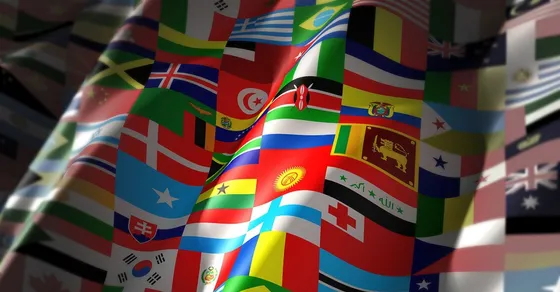Context:
The United Nations International Day of South-South Cooperation is observed annually on 12th September.
UN International Day of South-South Cooperation
- This UN office is promoting the International Day of South-South Cooperation, with this year’s theme “A Better Tomorrow Through South-South Cooperation.”
- Originally, the day was observed on December 19. The date for the United Nations Day for South-South Cooperation was moved to September 12 in 2011.
- It is observed annually since its establishment by the United Nations General Assembly in its resolution 58/220.
- Resolution 58/220 emphasizes on Economic and technical cooperation among developing countries.
- The date commemorates the adoption in 1978 of the Buenos Aires Plan of Action (BAPA) for Promoting and Implementing Technical Cooperation among Developing Countries.
Evolution of the South-South Cooperation
- The term “South” refers to relatively less developed [to North (Developed countries)] and developing countries based on gross national income per capita.
- It is a broad framework for collaboration and exchange among countries of the South in the political, economic, social, cultural, environmental and technical domains.
Many institutions have been set up to promote South-South cooperation at various levels

- Non-Aligned Movement (1961)
- Group of 77 (1964)
- ASEAN (1967)
- IBSA (2003)
- BRICS (2009)
- The United Nations Office for South-South Cooperation (UNOSSC) was established by the UN General Assembly (UNGA) in 1974 to advocate for and coordinate South-South and triangular cooperation on a global and UN system-wide basis. Since, its inception it has been hosted by United Nations Development Programme (UNDP).
- Triangular Cooperation involves Southern-driven partnerships between two or more developing countries supported by a developed country(ies)/or multilateral organization(s) to implement development cooperation programmes and projects.
The objectives of South-South Cooperation are:
- To foster and strengthen the self-reliance of developing countries.
- To promote and strengthen collective self-reliance among developing countries.
- To recognize and respond to the problems and requirements of the least developed countries, landlocked developing countries, small island developing States and the country’s most seriously affected by natural disasters and other crises.

